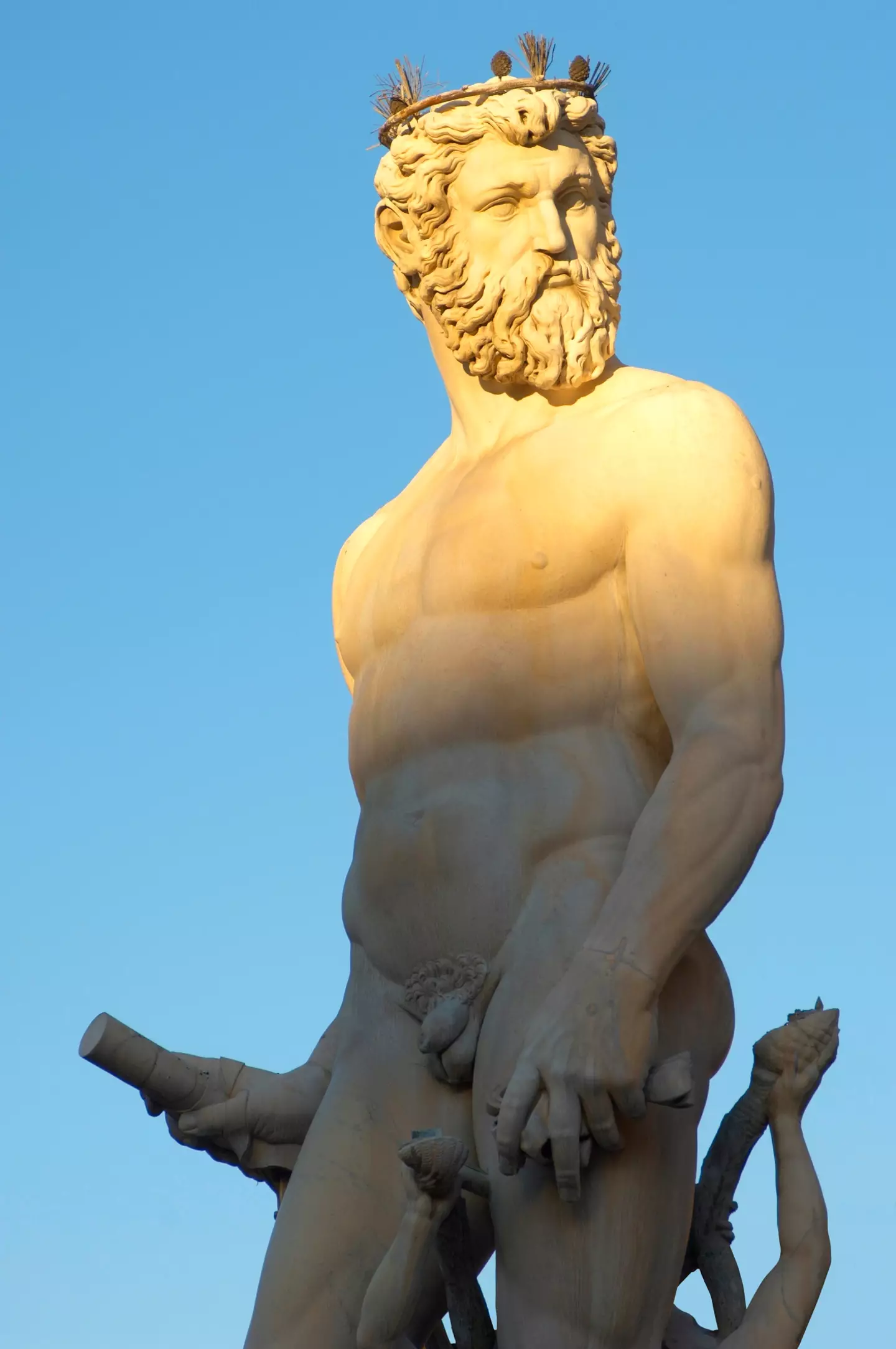
If you've ever roamed around a museum, you probably picked up on the fact that you are eye-level with the crotches of most of the historic statues you've gone to stare at.
So it's hardly surprising that the majority of people have a pretty good idea about the average penis size that these figures tend to have - and let's be honest, they're usually packing something that's less than impressive.
It seems size really didn't matter in that era, as all of these blokes were confident enough to strip off to their birthday suit to pose with their c*ck and balls out even though their manhood was miniscule.
Advert
If only they they knew all us lot would still be gawking at their goolies all these years later.
Anyway, like I said - pondering the proportions of a statue's penis is a very valid train of thought, which is how this woman ended up making a mind-blowing discovery about the reason behind it.
Take a look at this:
Ruby Reign went viral after sharing a TikTok video detailing the results of her research into the bizarre trend which seems to be a feature on the overwhelming majority of nude Greek statues.
Advert
She told her followers: "Have you ever wondered why so many of the Ancient Greek statues have colossal muscular physiques and yet a tiny package? Well, I have, so I did some digging."
While nowadays our attitude towards pretty much anything - especially penises - seems to be, the bigger the better, Ruby's investigation indicated that this hasn't always been the way.

She continued: "What I wasn't aware of was that the Greeks often presented their enemies, the Egyptians, the satire creatures, and even fools in comedies as having large appendages - so it was quite a negative thing to have, which is quite different today.
Advert
"So actually, what I discovered was that big D's bad and small D's good in Ancient Greece. But why was this?"
By this point, you're probably absolutely desperate to know why the heroes of Ancient Greece were immortalised with little peckers.
And apparently, it's all down to how society's perceptions have changed over the years.
Ruby explained: "Turns out that in ancient Greece, having a smaller package was considered a sign of virtue, of civility, or self control or discipline.
Advert
"Meanwhile, having a bigger one was a sign of lustfulness, of gluttonous appetites and barbarism, which is quite interesting because it's different to today."

Basically, blokes who were well endowed were the opposite of the ideal male beauty standard at that time - they were associated with savages, idiots, evil spirits and were considered vulgar.
Seen as though this is the exact opposite of what most people think these days, social media users were left quite surprised by the interesting revelation.
Advert
One said: "Remember lads we were on top, now the Barbarians have taken over."
Another said: "We definitely gotta return to our roots."
A third added: "I was really born in the wrong generation."
Ruby concluded that our changing perception of size illuminates the fact there is no such thing as objective beauty.
She said: "I just think it's interesting to compare the perspective back then that smaller is better with the view today that, sometimes people think bigger is better.
"And it just goes to show that our beauty standards, our ideals, are all a social construct and we shouldn't get bogged down feeling bad about ourselves."
Featured Image Credit: Getty Stock Photo/TikTok/rubysaysstuffTopics: History, TikTok, Weird, World News